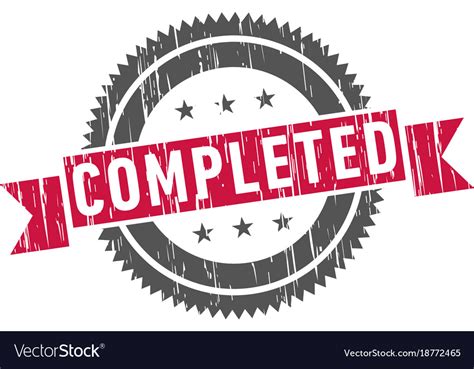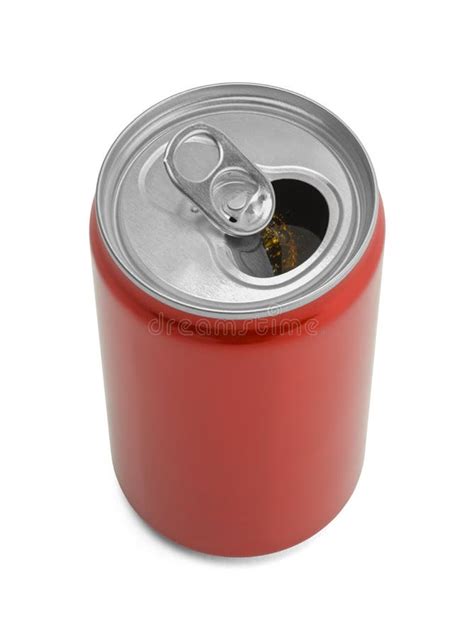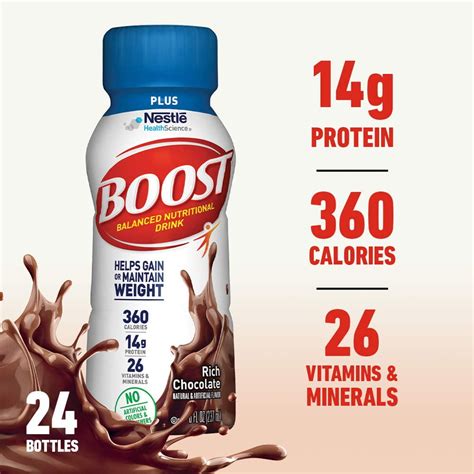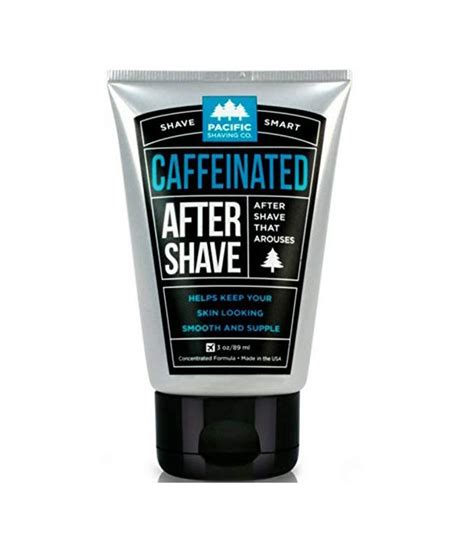Best shave routine to eliminate razor burn & ingrown hairs for peak skin performance?

Unlock Your Best Shave: A Comprehensive Guide
For many, shaving is a daily ritual, yet it often comes with unwanted side effects like painful razor burn and unsightly ingrown hairs. These common issues not only detract from your appearance but also compromise overall skin health. Achieving peak skin performance through shaving means mastering a routine that minimizes irritation and promotes a smooth, healthy complexion. This guide breaks down the essential steps to transform your shave from a chore into a luxurious experience, leaving your skin feeling and looking its best.

Step 1: The Foundation – Pre-Shave Preparation
Proper preparation is the cornerstone of an irritation-free shave. It softens the hair, opens pores, and creates a slick surface for the razor, drastically reducing friction and tugging.
- Warm Water & Cleansing: Start by washing your face with warm water and a gentle cleanser. This removes dirt, oil, and dead skin cells, which can clog pores and dull your razor. Warm water also helps to soften the hair follicles, making them easier to cut. Consider shaving after a warm shower for maximum benefit.
- Exfoliation (2-3 times a week): Incorporate a mild facial scrub or chemical exfoliant (like BHA or AHA) into your routine a few times a week, but not immediately before every shave. Exfoliation removes dead skin cells that can trap hairs and lead to ingrowns. Gentle exfoliation right before a shave can also lift hairs away from the skin.
- Pre-Shave Oil: Apply a few drops of pre-shave oil to your damp face. This creates an additional protective barrier between your skin and the razor, helping the blade glide smoothly and preventing nicks and cuts. It also further softens the hair.
Step 2: The Art of Shaving – Technique & Tools
Your shaving tool and how you wield it are critical to preventing razor burn and ingrown hairs.
- Quality Shaving Cream/Gel: Ditch the aerosol cans for a rich, hydrating shaving cream or gel. Lather it generously over your face, ensuring all hairs are thoroughly coated. A good lather provides lubrication and helps keep the hairs erect. Let it sit for a minute or two to further soften the hair.
- Sharp, Clean Razor: This is non-negotiable. A dull blade tugs at hairs, causing irritation and increasing the risk of ingrowns. Change your razor blade every 5-7 shaves, or sooner if you feel any pulling. Rinse your razor frequently during the shave to prevent clogging. Consider a single-blade safety razor or an electric shaver designed for sensitive skin if you’re particularly prone to irritation.
- Shave with the Grain: For the first pass, always shave in the direction your hair grows. This minimizes irritation significantly. If you need a closer shave, you can re-lather and make a second pass across the grain (perpendicular to hair growth), but avoid going against the grain entirely, especially if you’re prone to razor burn or ingrowns. Use short, light strokes, letting the razor do the work – no need for pressure.
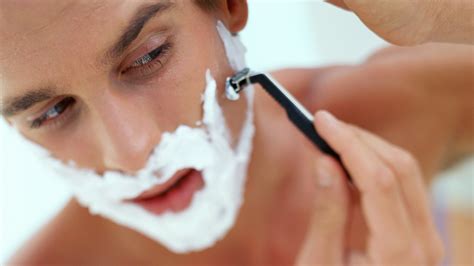
Step 3: The Aftermath – Post-Shave Care
The steps you take immediately after shaving are just as important as the pre-shave routine for calming the skin and preventing issues.
- Rinse with Cold Water: After shaving, thoroughly rinse your face with cold water. This helps to close pores, soothe the skin, and reduce any immediate redness or inflammation.
- Pat Dry, Don’t Rub: Gently pat your face dry with a clean, soft towel. Rubbing can irritate newly shaved skin.
- Apply Aftershave Balm (Alcohol-Free): Skip the stinging, alcohol-based aftershaves. Instead, opt for an alcohol-free aftershave balm that contains soothing ingredients like aloe vera, chamomile, or witch hazel. These ingredients help to calm the skin, reduce redness, and prevent post-shave irritation.
- Moisturize: Follow up with a good quality, non-comedogenic facial moisturizer. Shaving can strip the skin of its natural oils, so replenishing moisture is crucial for maintaining skin barrier health and preventing dryness or tightness.
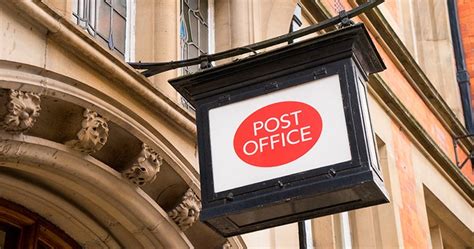
Step 4: Ongoing Maintenance & Troubleshooting
Even with a perfect routine, occasional issues can arise. Here’s how to stay ahead.
- Regular Exfoliation: Continue your 2-3 times a week exfoliation to prevent dead skin buildup that can trap new hair growth.
- Cleanliness is Key: Always store your razor in a clean, dry place to prevent bacterial growth. Replace blades regularly.
- Spot Treat Ingrowns: If an ingrown hair appears, avoid picking at it. Use a warm compress to help bring the hair to the surface, and a product specifically designed to treat ingrowns, often containing salicylic acid.
- Hydration from Within: Drink plenty of water to keep your skin hydrated and healthy from the inside out.

Conclusion: A Smooth Path to Peak Performance
Eliminating razor burn and ingrown hairs for peak skin performance isn’t about finding a magic bullet; it’s about consistently applying a thoughtful, multi-step routine. By committing to proper pre-shave preparation, mastering your shaving technique with the right tools, and providing essential post-shave care, you can transform your shaving experience. Embrace these practices, and you’ll not only achieve a consistently smooth shave but also promote healthier, more resilient skin, allowing you to face each day with confidence and comfort.
